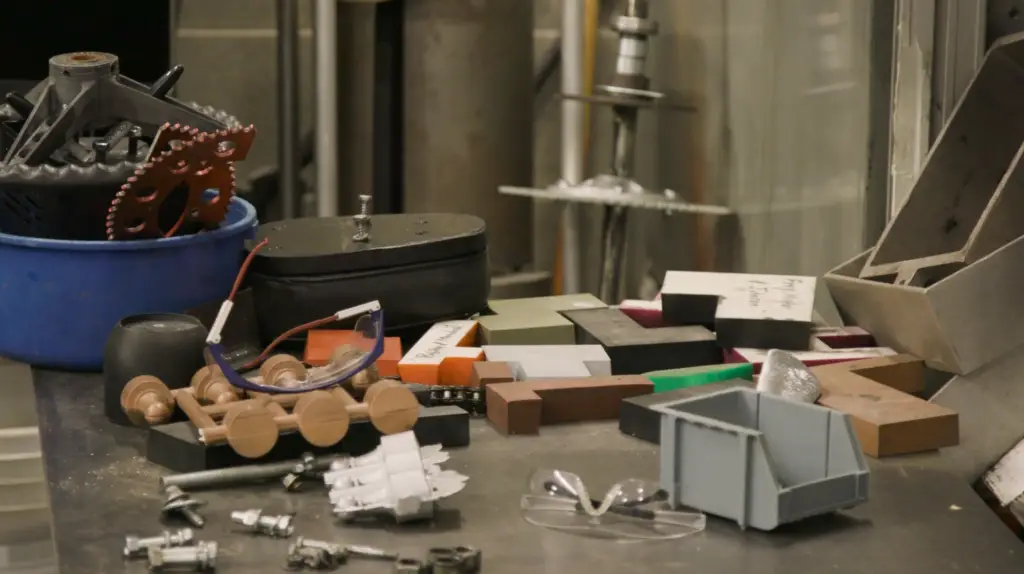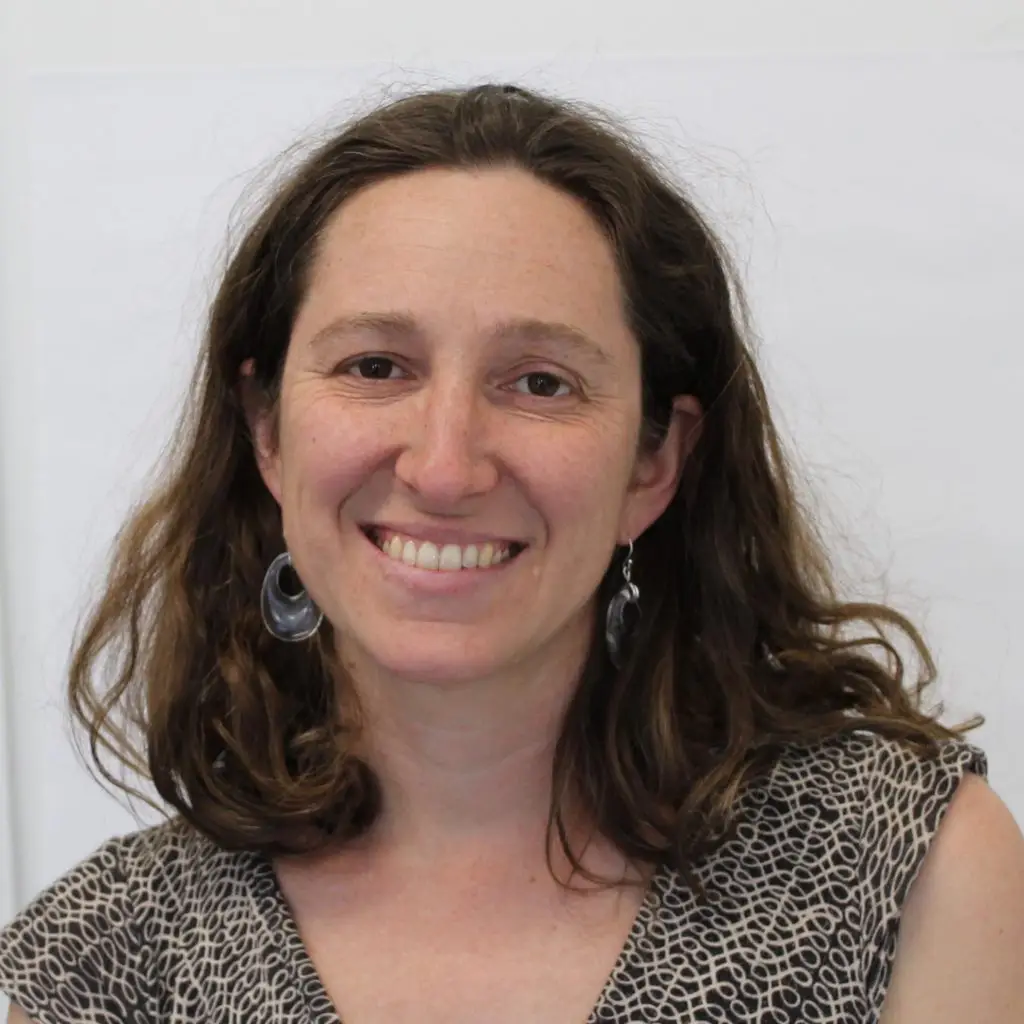I am the oldest of four children. The youngest is my brother Stephen. Regular school was never a good fit for Stephen. He is one of the smartest people I know. An avid reader. A talented visual artist. And incredibly hard-working. But none of those attributes mattered when it came to his schooling experience. He went to public school, private school, and a military school. In the end, he dropped out altogether and got his GED.
Instead of going directly to college, he enrolled in a one-year technical program in video game design—which landed him a job directly afterward—while the rest of us were still slogging through college. In his late 20s, he did try college. He thought he had missed an essential experience. But it wasn’t easy to work and go to college. Community college coursework didn’t transfer over to his four-year institution, and in the end he left for an Electrician’s Apprentice program with a national union. The application process was rigorous and at every point during the program recruits are weeded out. Stephen has to balance a full week of work with classes at night and on the weekends. Despite the grueling schedule, he is thriving.
My brother is one of the reasons I went into education. He learns differently, but he is as smart as they come. He just never had the right opportunities in our K–12 system—he had to wait until adulthood to have access to the learning environments that were a good fit for him. I have often wondered what a better K–12 experience would have looked like. And what kind of system would have supported it?
While Stephen was still working as a video game designer, I was teaching at a dual-language performing arts school for professional dancers, musicians, and theater technicians. All the while, we were simultaneously preparing students to get into college, either right after high school or somewhere down the line. We did everything a little differently. We mixed online coursework, independent studies, and traditional lectures. Every student had the opportunity to do internships. All students were taught by professionals in their field. And they all had numerous opportunities to test out their skills through the safety of school-based projects and performances. I would never have known at the time that we were providing a career and technical education, yet that is exactly what it was.
This profile represents untold Stephens and untold schools doing what makes sense for their students, without much attention to what it is called. What can secondary education look like when it integrates technical, hands-on training into a strong academic foundation? What can curriculum and instruction look like when it is made relevant and connects to available careers?
The question is more than philosophical. As we wrote in Rethinking the Traditional High School-College-Career Continuum, “a clear and concerning “skill gap” exists today, and it will only get worse…” Our traditional system must radically adapt to adequately prepare students for the lifelong learning that will be needed for a world whose one constant is change. Neither high schools nor colleges are developing the technical and soft skills needed for many current and future career tracks.
Much is made of the deficiencies of U.S. vocational education. We do not value technical training as highly as academic coursework, in contrast to countries like Switzerland. We do not have a strong work-based learning program, especially at the secondary level. But on the other hand, we can reap the benefits of a decentralized system. We can learn from ideas that are being tried out and tested by educators across the country—in schools, districts, and nonprofit organizations. Educators who are leading the way can show us what a new system of secondary education might look like and what we must still address to make these opportunities widespread.
The Center on Reinventing Public Education is known for highlighting innovation, even when it is hiding in plain sight. So it didn’t surprise me when we turned our attention to career and technical education, or CTE. In our newest project, we identify 32 career and technical programs that are striving to incorporate the aspirations of CTE. We dive deeper on a few of these programs.
- Videos explore how a school sees CTE as a pathway to economic prosperity for students who have historically been left behind, how one school is preparing students for post-secondary success, and how another school has managed to be responsive and continuously adapting.
- Case studies go into detail on other programs: two rural districts that overcame resource constraints to cooperatively develop a new regional center, a school that provides multi-generational learning along with career training, and another school that builds on its science and math curriculum to prepare students for careers in those fields.
Preparation for the workforce has always been one of the principal goals—some might argue the primary goal—of compulsory education. In the U.S. we have other aspirations as well, such as preparation for life as a democratic citizen, personal and social well-being, and social mobility. Our education system often provides uneven preparation across these lofty goals. Trends in CTE are exciting because we are headed toward a more integrated approach. These trends are now enshrined in the newest Perkins Act, a federal grant-making program for CTE which goes into effect next month.
Many states are rethinking policy to better enable career and technical education. CRPE recently did work in Colorado, in collaboration with Gretchen Morgan and Colorado Succeeds, to identify barriers and policy solutions. This fall we are publishing an analytical framework and policy prototypes that other states can reference.
To realize the goals of this “new CTE,” we must not only rethink our notions of vocational training; we must also reimagine how we go about secondary schooling. This is an opportunity that I hope we do not miss.




